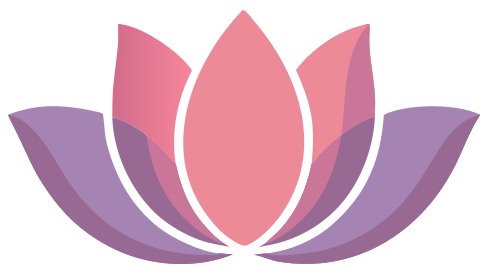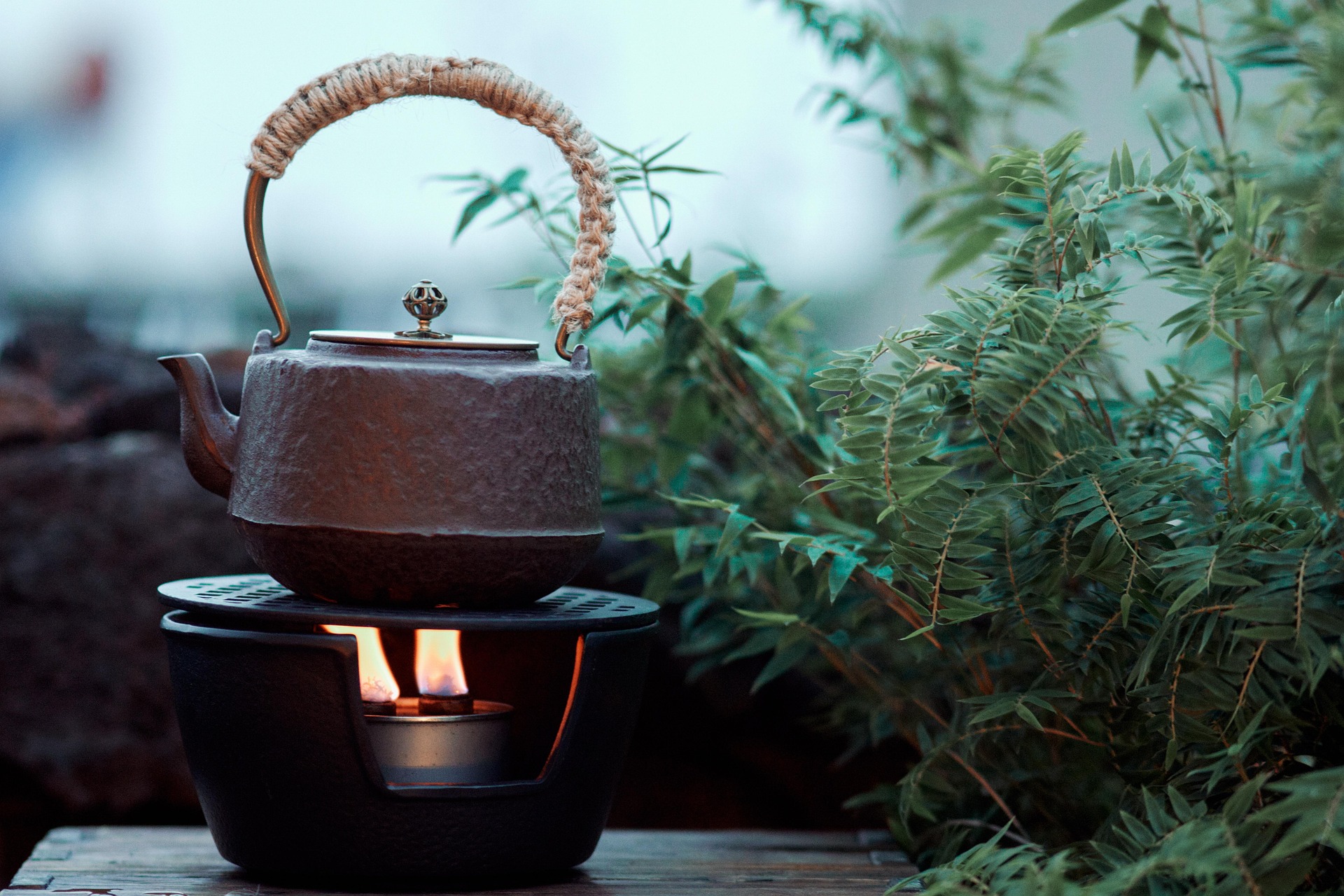There’s a moment in tantric practice that people rarely expect.
Before any touch. Before the massage begins. Sometimes even before words. We sit facing each other. Eyes open. And we breathe. Not just in the same room. Not just at the same time.
Together.
And in that simple act, two people, breathing, watching, syncing, something profound happens. A door opens. A wall dissolves. Presence becomes tangible.
The Intimacy We Avoid
We’re taught that intimacy lives in touch, in conversation, in sex. And it does. But there’s a deeper intimacy that most of us never access:
The intimacy of simply being seen while being yourself.
When was the last time someone looked directly at you, not glancing, not scanning, but truly looking, and you allowed it? When did you last hold someone’s gaze without smiling, explaining, or looking away?
It’s vulnerable. Almost unbearably so at first.
Because when someone watches you breathe, they see more than your face. They see your nervousness in the shallow inhale. Your guardedness in the held breath. Your softening when you finally let go.
They see you arriving in your body. Into this moment. Into yourself.
Why We Breathe Together
In tantric practice, synchronised breathing isn’t just a technique. It’s a conversation without words. An attunement. A dance of nervous systems finding each other.
When you breathe with someone, truly with them, matching their rhythm, following their flow, you step out of your own story and into shared space. You’re no longer alone in your head, planning the next thing to say or do. You’re here. They’re here. And for a few minutes, nothing else exists.
This is what I mean by presence: not thinking about the moment, but inhabiting it completely.
And breath is the thread that weaves two people into one shared experience.
The Practice: Breathing Eye to Eye
This is a practice you can do with a partner, a lover, a friend, or anyone willing to explore presence with you. It’s simple in instruction, profound in effect.
You’ll need about 10-15 minutes of uninterrupted time and a quiet space where you won’t be disturbed.
Setting the Space
- Sit facing each other, close enough that your knees almost touch
- You can sit on cushions on the floor, or in chairs, whatever feels stable and comfortable
- Dim the lights if possible, or light a candle
- Silence your phones
- Take a moment to acknowledge that you’re creating a container for something sacred
Step 1: Find Your Own Breath (2-3 minutes)
Before you sync with another, you must first arrive within yourself.
- Close your eyes
- Place one hand on your heart, one on your belly
- Breathe naturally, without forcing
- Notice the rhythm of your own breath: Is it shallow? Deep? Fast? Slow?
- Let go of judgment. Just observe.
- Feel yourself landing in your body
Step 2: Open Your Eyes, Hold the Gaze (2-3 minutes)
This is often the hardest step.
- Slowly open your eyes and meet your partner’s gaze
- Don’t stare aggressively or look away shyly; find the soft, receptive gaze
- Let your face relax. You don’t need to smile or perform
- If you feel the urge to laugh or look away, breathe through it
- Notice what arises: nervousness, excitement, emotion, resistance
- Stay. Keep breathing. Keep looking.
What you’re doing: You’re practising being seen and seeing another without armour, without distraction. This alone is transformative.
Step 3: Find Each Other’s Breath (3-4 minutes)
Now the real practice begins.
- Continue holding eye contact
- Begin to notice your partner’s breath: Watch their chest rise and fall, their belly expand and contract
- Don’t try to match yet, just observe their rhythm
- Notice if they breathe faster or slower than you, deeper or shallower
- You’re learning their language
Step 4: Sync Your Breath (5-7 minutes)
- Gently begin to adjust your breath to match theirs
- Inhale when they inhale. Exhale when they exhale.
- It might feel awkward at first, that’s normal
- Let go of perfection. You’re not trying to control, but to harmonise
- If you fall out of sync, simply notice and begin again
- Stay with the eyes. Stay with the breath.
What might happen:
- One of you might naturally slow down or speed up, and the other follows
- You might start breathing in opposite rhythms (you inhale as they exhale), this is called “reciprocal breathing” and it’s equally powerful
- Emotions might surface: tears, laughter, a feeling of opening
- You might feel your nervous system calming, your heart softening
- You might experience a sense of merging, of boundaries dissolving
Step 5: Close with Gratitude (1-2 minutes)
- Gradually return to your natural breath
- Place your hands on your own heart
- Close your eyes or keep them softly open
- Bow slightly to acknowledge what you’ve shared
- If words feel right, a simple “thank you” is enough
What This Practice Teaches
Presence isn’t something you think; it’s something you feel.
When you breathe with someone, you can’t fake it. You can’t multitask. You can’t be half-there. Either you’re breathing together, or you’re not. Either you’re present, or you’re somewhere else in your mind.
This practice teaches you:
- To be witnessed without performing – You don’t need to be “on” or impressive. You can just be.
- To witness without judgment – You’re not evaluating or analysing. You’re simply seeing.
- To attune to another – You learn to feel someone else’s rhythm, their energy, their state.
- To drop into intimacy quickly – In minutes, not months, you access a depth of connection that most people never reach.
When Breathing Together Becomes Sacred
I use this practice at the beginning of sessions, not because it’s required, but because it changes everything that follows.
When we’ve breathed together, the touch that comes afterwards isn’t just physical, it’s met with presence. When you’ve looked into someone’s eyes and synced your breath with theirs, a trust forms. A recognition: I see you. You see me. We’re here together.
But you don’t need to come to a session to experience this.
You can practice this with your partner tonight. Before bed. Before making love. Or simply because you want to feel closer.
You can practice this with a friend who’s going through something difficult; sometimes breath speaks louder than words.
You can even practice this silently, in public, matching the breath of a stranger across from you on the train, sending them presence even if they never know.
The Invitation
We live in a world of distraction, of surfaces, of constant doing. We’re together but alone, seen but not witnessed.
Breathing together is a radical act of presence. It says: I’m here. Right now. With you. Fully.
Try it. See what happens when you stop talking and start breathing. When you drop the performance and just be. When you let someone see you really see you while you see them back.
The breath knows the way. You just have to follow it together.
Presence isn’t complicated. It’s as simple as two people breathing, looking, being. And in that simplicity, everything changes.
Namaste
—
photo:
Image by Abed Abedaljalil


